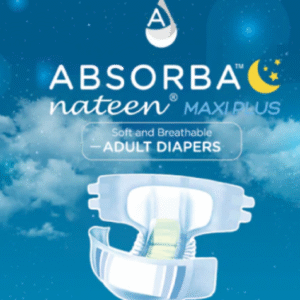In today’s digital age, educational toys have become essential tools for child development. Parents and educators alike are recognizing that learning can be fun, engaging, and highly effective when it includes play. Among the wide variety of kids toys available, stuffed animals have emerged as a powerful resource for early learning, emotional development, and imaginative play.
This article explores how educational toys—especially stuffed animals—can make learning enjoyable and meaningful for children of all ages.
The Power of Play in Child Development
Learning through play is a foundational concept in early childhood education. When children engage in playful activities, they develop cognitive, emotional, and social skills naturally. Educational stuffed toys support this growth by encouraging creativity, curiosity, and problem-solving.
Stuffed animals, in particular, provide comfort and inspire role-playing scenarios that help kids process emotions, learn empathy, and build language skills. Whether it’s a teddy bear, a talking plush animal, or a themed character, these toys offer more than just comfort—they spark learning.
How Stuffed Animals Support Early Learning
Stuffed animals are more than soft companions. They serve multiple educational purposes, especially in early childhood settings. Here’s how:
Emotional Development
-
Children often form strong attachments to stuffed animals, treating them as friends or family members.
-
These bonds help kids understand and express feelings, which is vital for emotional intelligence.
-
Soft toys offer security, especially in unfamiliar situations like a new school or doctor visit.
Language and Communication Skills
-
Pretend play with stuffed animals encourages children to talk, ask questions, and build stories.
-
These interactions strengthen vocabulary, sentence structure, and conversational confidence.
Social Interaction
-
Group play with stuffed animals can teach children how to share, cooperate, and take turns.
-
They learn social roles by imitating real-life interactions using their toys as characters.
Educational Themes and Custom Designs
Many stuffed animals are designed with specific educational themes in mind. From alphabet bears to number-themed plush toys, these items integrate learning content directly into playtime. Custom designs can also align with a child’s current interests, such as animals, space, or professions, making educational engagement even more effective.
Wild plush animals, for instance, can introduce children to nature, wildlife, and conservation. By playing with jungle creatures, sea animals, or arctic species, kids expand their understanding of the world around them in a fun and interactive way.
Combining Stuffed Animals with Other Educational Toys
Stuffed animals are versatile and can easily be combined with other types of kids toys to enhance the learning experience. Consider pairing them with:
-
Storybooks: Encouraging children to read stories featuring their favorite plush toys.
-
Building sets: Creating environments or scenes where their stuffed friends can play.
-
Art supplies: Drawing or crafting accessories for their plush animals supports creativity.
When used together, these combinations create rich, multi-sensory learning environments that keep children engaged for longer periods.
Tips for Parents When Choosing Educational Stuffed Animals
To make the most out of educational play, consider these tips when selecting stuffed animals:
-
Choose age-appropriate toys with safe materials and simple features.
-
Look for learning themes like numbers, letters, or animals.
-
Encourage open-ended play where kids can invent their own stories and situations.
-
Rotate toys regularly to keep interest fresh and learning consistent.
Conclusion
Stuffed animals are timeless kids toys that continue to evolve in their educational value. They offer a perfect blend of comfort, creativity, and cognitive development. By integrating these soft companions into everyday play, parents and educators can foster a learning environment that feels more like fun and less like work.
When chosen thoughtfully, educational toys like stuffed animals do more than entertain—they build essential life skills in the most natural way possible.



